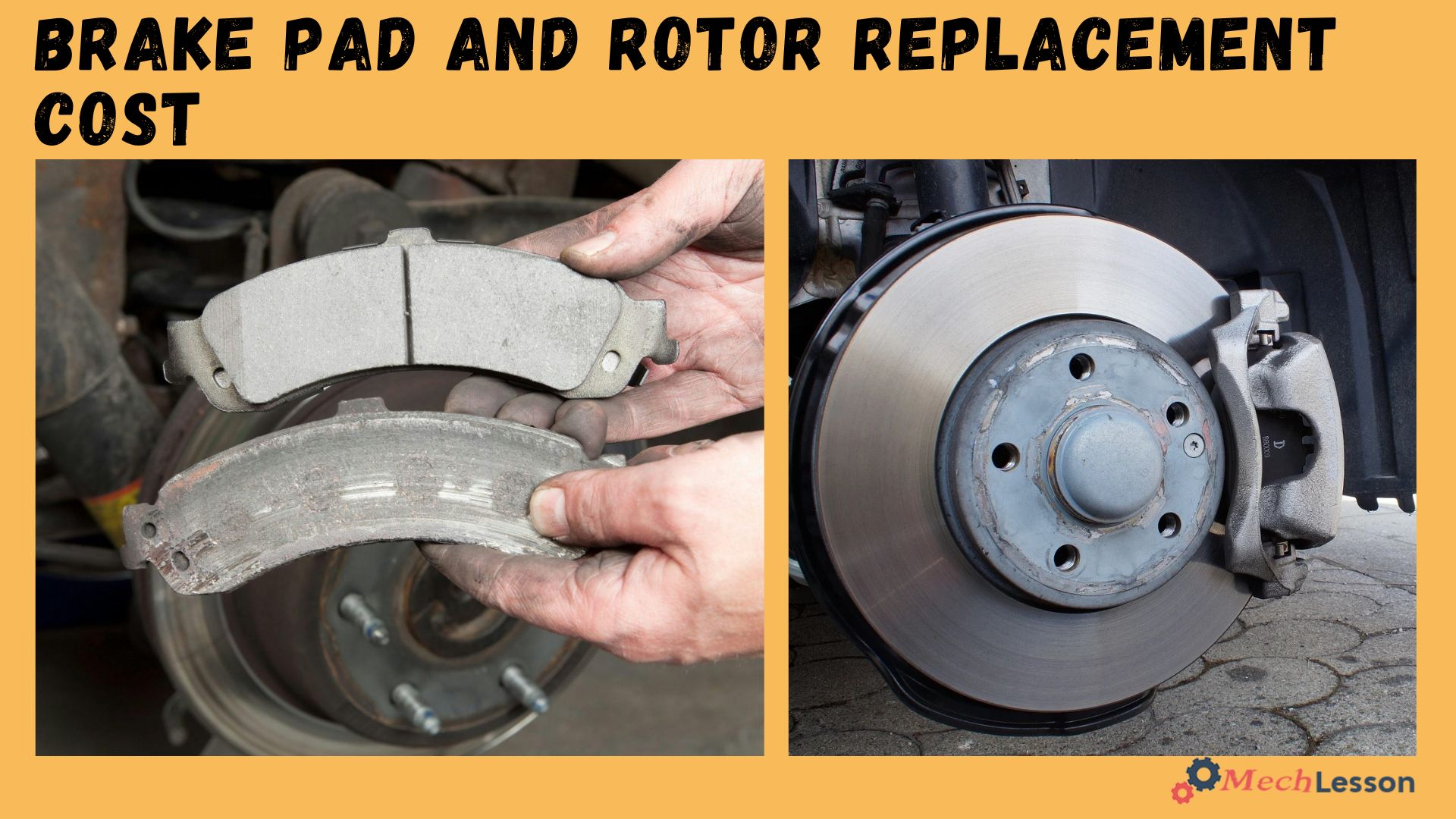How Much Does A Brake Pad Replacement Cost

Brake pad replacement is an inevitable part of vehicle ownership. Understanding the costs associated with this essential maintenance task can save you from unexpected expenses and ensure you’re getting a fair deal. This article dives deep into the factors influencing brake pad replacement costs, providing a comprehensive overview for car enthusiasts, mechanics, and everyday drivers alike.
Factors Influencing Brake Pad Replacement Cost
The total cost of replacing brake pads is influenced by several key factors:
- Type of Brake Pads: This is a primary cost driver. Options range from inexpensive organic brake pads, suitable for light-duty vehicles and drivers, to high-performance ceramic brake pads, offering superior stopping power and durability but at a premium price. Semi-metallic brake pads strike a balance between performance and cost, making them a common choice.
- Vehicle Make and Model: Luxury vehicles and high-performance cars typically require more expensive brake pads and specialized labor. Replacing brake pads on a standard sedan will generally be less expensive than doing so on a sports car or SUV.
- Labor Costs: Labor rates vary significantly depending on your location and the type of repair shop. Dealerships often charge higher labor rates than independent mechanics. Location also plays a role, with metropolitan areas generally having higher rates.
- Number of Wheels: Are you replacing pads on just the front or rear axle, or all four wheels? Replacing pads on all four wheels will, naturally, be more expensive.
- Rotor Condition: During a brake pad replacement, the mechanic will inspect the rotors (also known as brake discs). If the rotors are worn, scored, or warped, they may need to be resurfaced or replaced, adding to the overall cost. Rotor resurfacing is a process of smoothing the rotor surface, but it's not always possible or recommended, particularly if the rotors are already thin.
- Additional Services: A responsible mechanic will also inspect the brake calipers (which house the brake pads) and brake lines for leaks or damage. These components may require replacement if they are faulty, further increasing the cost. Brake fluid should also be checked and potentially flushed as part of routine maintenance.
Average Cost Breakdown
To give you a clearer picture, let's break down the average cost components:
- Brake Pads: $30 - $150 per set (for one axle) depending on the type and brand. High-performance pads can easily exceed this range.
- Labor: $75 - $200 per axle. This can vary based on the complexity of the job and the shop's hourly rate.
- Rotor Resurfacing (if needed): $30 - $75 per rotor.
- Rotor Replacement (if needed): $50 - $200+ per rotor, depending on the vehicle and rotor type.
- Brake Fluid Flush (optional but recommended): $80 - $150.
Therefore, a typical brake pad replacement (for one axle, without rotor work) can range from $105 to $350. If rotors need replacement, the cost can easily climb to $300 - $600+.
Real-World Examples
Consider these scenarios:
- Scenario 1: A driver of a Honda Civic needs to replace the front brake pads. They opt for semi-metallic pads ($50) and the labor costs $100. The total cost is $150.
- Scenario 2: A BMW owner needs to replace the rear brake pads and rotors. They choose high-performance ceramic pads ($120), new rotors ($150 each = $300) and the labor costs $180. The total cost is $600.
- Scenario 3: A pickup truck requires front brake pads, rotors and a brake fluid flush. The pads are semi metallic ($70), the rotors are $100 each ($200), the flush is $100, and the labor is $250. The total cost is $620.
DIY vs. Professional Replacement
While replacing brake pads yourself can save on labor costs, it's crucial to assess your mechanical skills and knowledge. Improper installation can lead to serious safety issues. If you're not comfortable working on brakes, it's best to leave it to a professional. A mistake with brake work can have catastrophic consequences.
Tips for Saving Money
- Get Multiple Quotes: Call several repair shops to compare prices.
- Ask About Options: Inquire about different brake pad types and brands.
- Consider Refurbished Rotors: If your rotors are slightly worn, resurfacing might be a cost-effective option (if safe).
- Regular Maintenance: Schedule regular brake inspections to catch problems early and prevent more extensive damage.
By understanding the various factors influencing brake pad replacement costs, you can make informed decisions and ensure your vehicle's braking system is in top condition.
